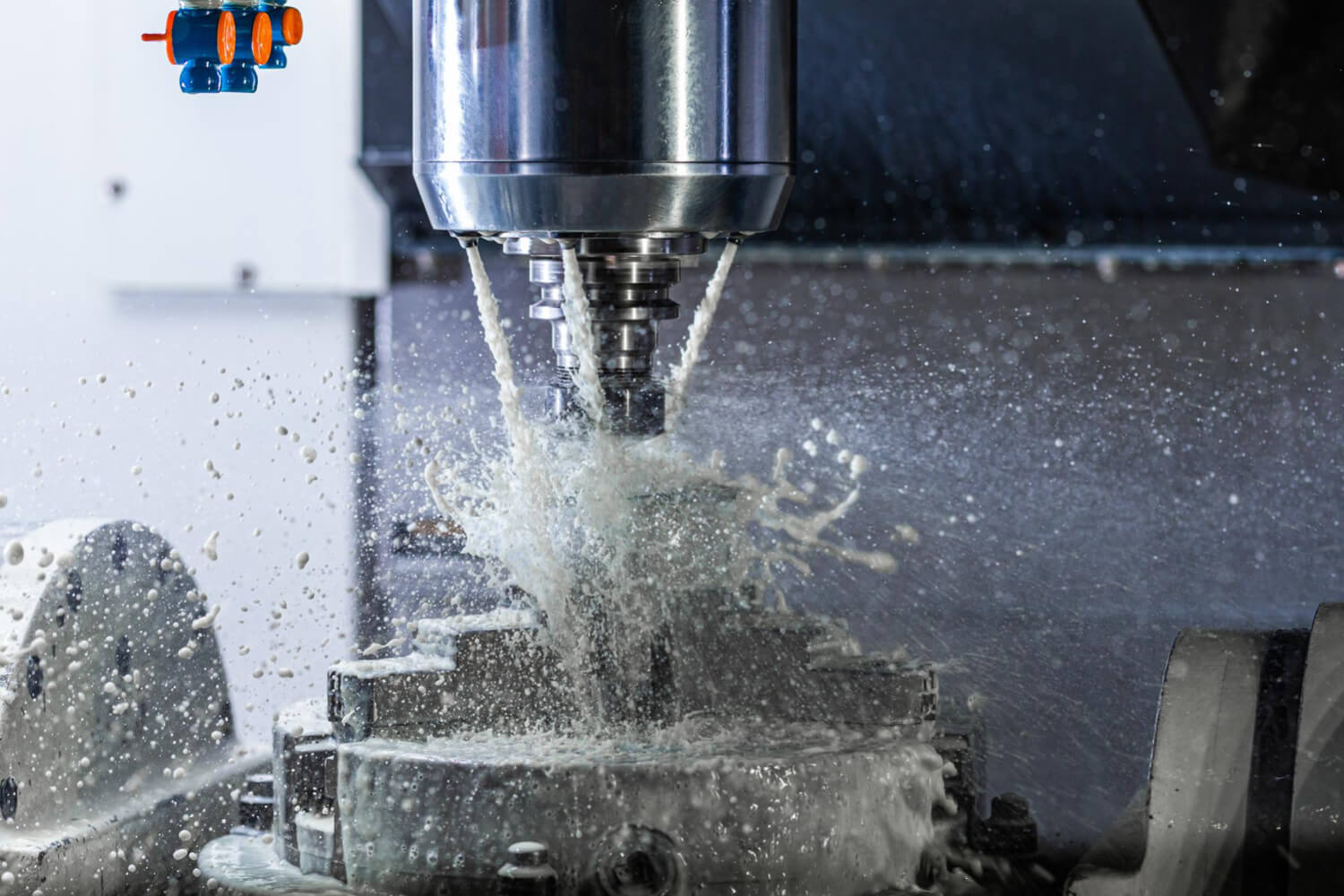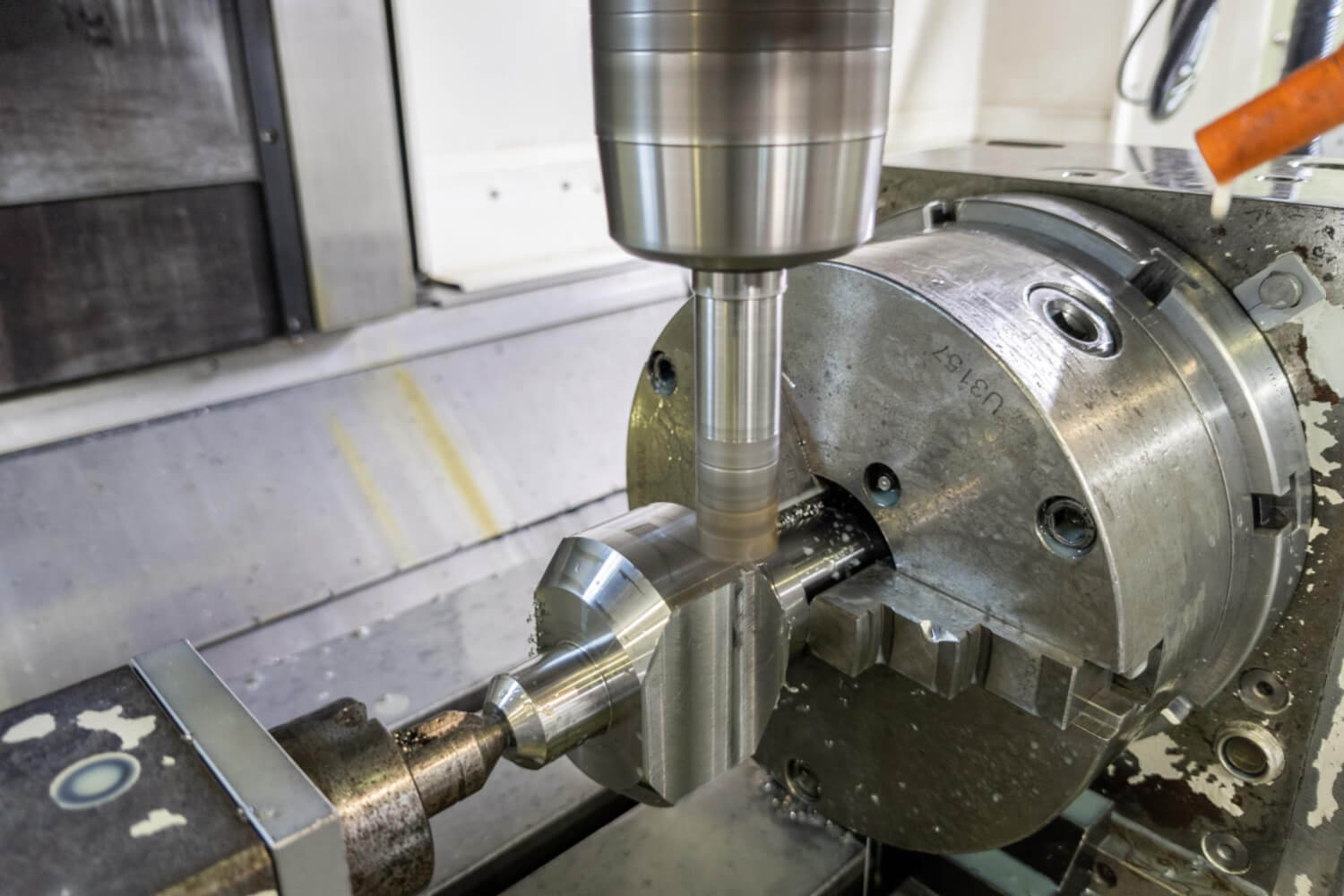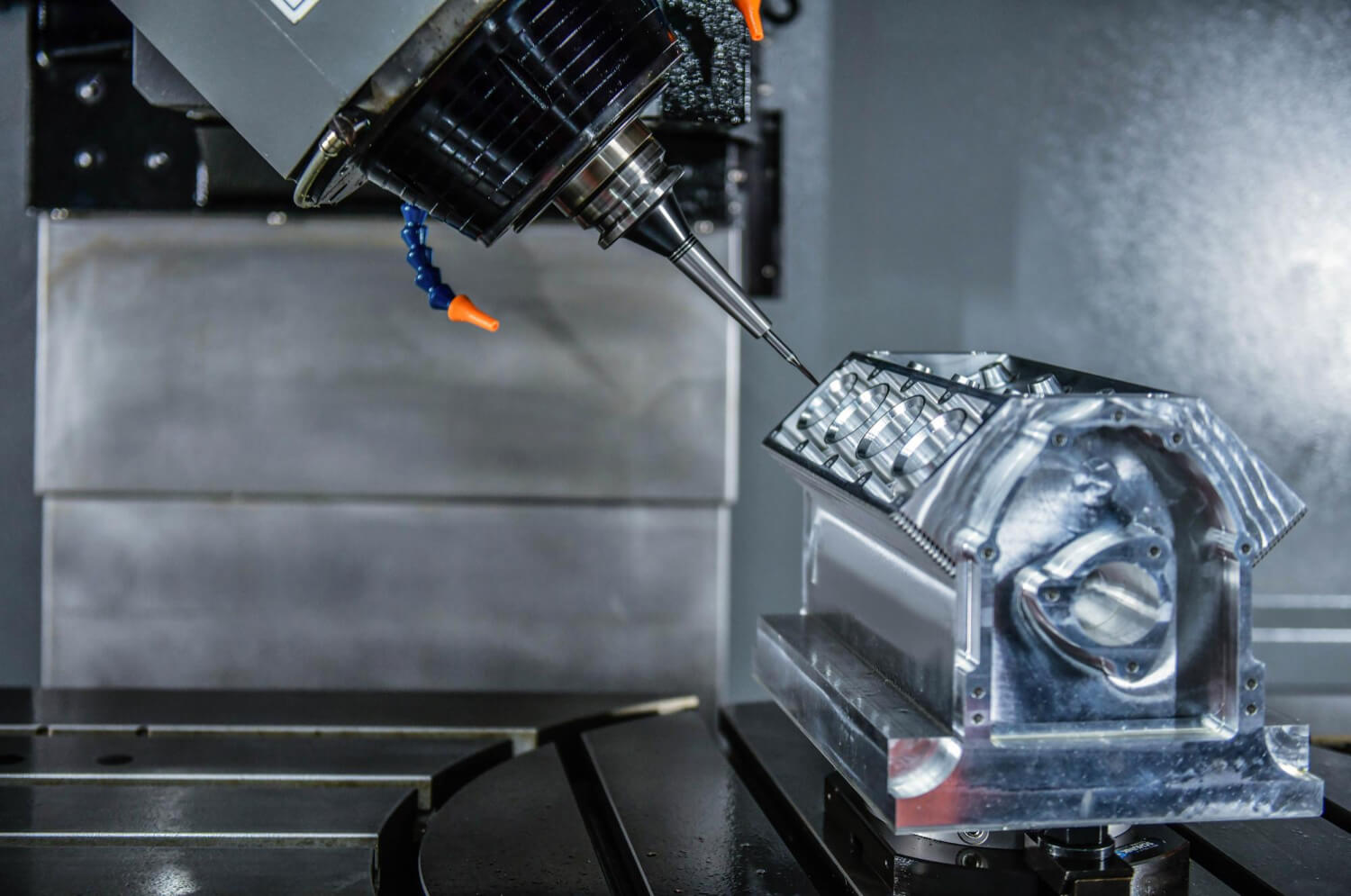What is 3 Axis Machining?
3 Axis Machining is the most basic and common type of machining. It is also known as 3 Axis CNC Machining.
3 Axis machining can be used to cut material on the X, Y, and Z axis. These cuts are made with a milling machine or lathe. When using a milling machine, you will need to make sure that you use a high-quality tool that will not wear out easily because it will be working hard during this process.
The X-axis refers to the horizontal movement of your workpiece while it is being milled (machined). The Y-axis refers to vertical movement while being milled while the Z-axis refers to the depth into which your material has been cut by milling operations
Limitation of 3 Axis Machining
3 Axis Machining is limited to a single axis of motion. This means that the machine can move in only one direction along an axis, but not at a different angle or rotation.
The limitation of 3 Axis Machining is that it allows for either vertical or horizontal movement, but not both at once. The term 3 Axis Machining comes from the fact that there are three axes on this type of machine: X, Y, and Z axes which correspond to left-right (X), front-back (Y), and up-down (Z) movements respectively.
For example, if you wanted your part to move in a vertical direction while also rotating around an imaginary axis extending out from its center point (like an ice cream sundae), then you would need two different machines working together—one moving vertically up/down while another rotates around its central point horizontally 360 degrees around its own center point.
What is 4 Axis Machining?
4 axis machining is a process that allows for the simultaneous movement of three axes (X, Y, Z) and one rotary axis (the A-axis) for complex parts.
The three-axis movements are controlled by a computer numerical control (CNC) system, which uses an encoder to read the position of each axis at any given time.


The fourth axis rotates around its own axis in order to move from one part station to another or to perform traditional 3 axis machining operations on the same part. This can include drilling holes, milling pockets, or cutting threads.
A particularly useful application of this would be the need for deep hole drilling in hardened steel or other materials that require precision tooling to avoid excessive wear on tool bits or breakage. Another example is tapping holes that are inaccessible from one side — this technique can be used to thread tapped holes from both sides at once!
What is 5 Axis Machining?
5 Axis Machining is a machining process to create a part with five independent axes. It can be used to machine complex shapes that are difficult or impossible to achieve with conventional milling, turning, and drilling operations.
The 5 Axis CNC machining process involves a series of coordinated movements that allow the machine to create complex shapes with minimal waste. In addition, it can also produce parts with internal features such as threads or pockets, which are impossible to achieve using conventional machining methods.
The main idea behind 5 Axis Machining is to create the best possible surface area for metal removal in one setup. This reduces set-up time and cost while increasing overall accuracy and part quality.
5 Axis CNC machining is ideal for manufacturing parts with complex geometries, such as those found in aerospace engineering, medical equipment, shipbuilding, and other industries that require tight tolerances and consistent high quality.
Difference Between 3, 4, 5 Axis CNC Machining
The difference between 3, 4, 5 axis CNC machining is the degree of freedom. The more degrees of freedom a machine has, the more complex it can be. That means that a three-axis machine can only move in three directions, whereas a five-axis machine can move in five different directions.


If you want to create complicated shapes that require multiple cuts and movements, then you need to use a five-axis machine. This will give you the most freedom of movement possible when creating your desired shape or product.
This is especially helpful if you are trying to create something that requires some type of internal structure as well; however, these machines tend to be very expensive and require much more time than standard machines would take due to their complexity.
The other reason you might want to use a five-axis machine is if you are trying to make something that requires a lot of precision. This can be useful when making small parts or products where every millimeter counts.
Applications of 4-axis and 5-axis CNC machining
4-axis and 5-axis CNC machining are used in a variety of industries, especially those that require complex shapes or high precision. These machines can create products for the automotive, aerospace, and medical industries.


Here are just some of the ways that 4-axis and 5-axis CNC machining can be used:
- Prototyping — With 4 or 5 axes of movement, you can create a model of your product without having to build up the prototype. This is useful for testing out designs before committing to large manufacturing runs.
- Tooling — If you need to make custom tools for your machine tools, a 4 or 5-axis CNC mill can cut them out for you in one pass. This saves time and money in tool making, as well as improves quality control by reducing the number of parts needed for each tool.
- Hard-to-reach areas or parts on an assembly line — The ability to move around parts in multiple directions makes it easy to reach areas that would otherwise be difficult to access with traditional machines. This can help improve productivity by reducing downtime caused by broken tools or other accidents that occur while working in tight spaces where there’s little room for error (like working with hazardous materials).
- Finishing work on complex parts like aircraft fuselages or boat hulls — With the ability to move around parts in multiple directions at once, you can get more done faster by eliminating wasted steps such as having to rotate everything 90 degrees every time you want to move it.
How to Choose Between 4-axis and 5-axis CNC Machining
You’re probably wondering, “Should I choose 4-axis or 5-axis CNC machining?” If you can afford it, 5 axis is the clear winner.
It has more flexibility than a 4-axis machine and is more accurate than a 3-axis machine. Plus, you can program much more complex parts with a 5-axis VMC compared to a 4-axis one.
However, if you don’t have the budget to purchase or rent one of these machines yet (or even if you do), there’s no reason not to try out some basic toolpaths with your current equipment before investing in something new!
Our 3, 4, 5 Axis Machining Capabilities
Gayatri Precision is a renowned manufacturer, exporter, and supplier of high-quality 3, 4, 5 axis machined components.
We have a wide range of products in our portfolio that are used for various industries such as automotive, electronics, aerospace & defense, medical and more. Our products are designed by highly skilled professionals using advanced technologies.
Our 4 axis machining capabilities enable us to manufacture intricate components with accuracy and precision. Our 5 axis machining capabilities enable us to manufacture complex parts that require high accuracy within tight tolerances at low costs.
If you want to know more about us, please visit our website or contact our team directly to place your order.
